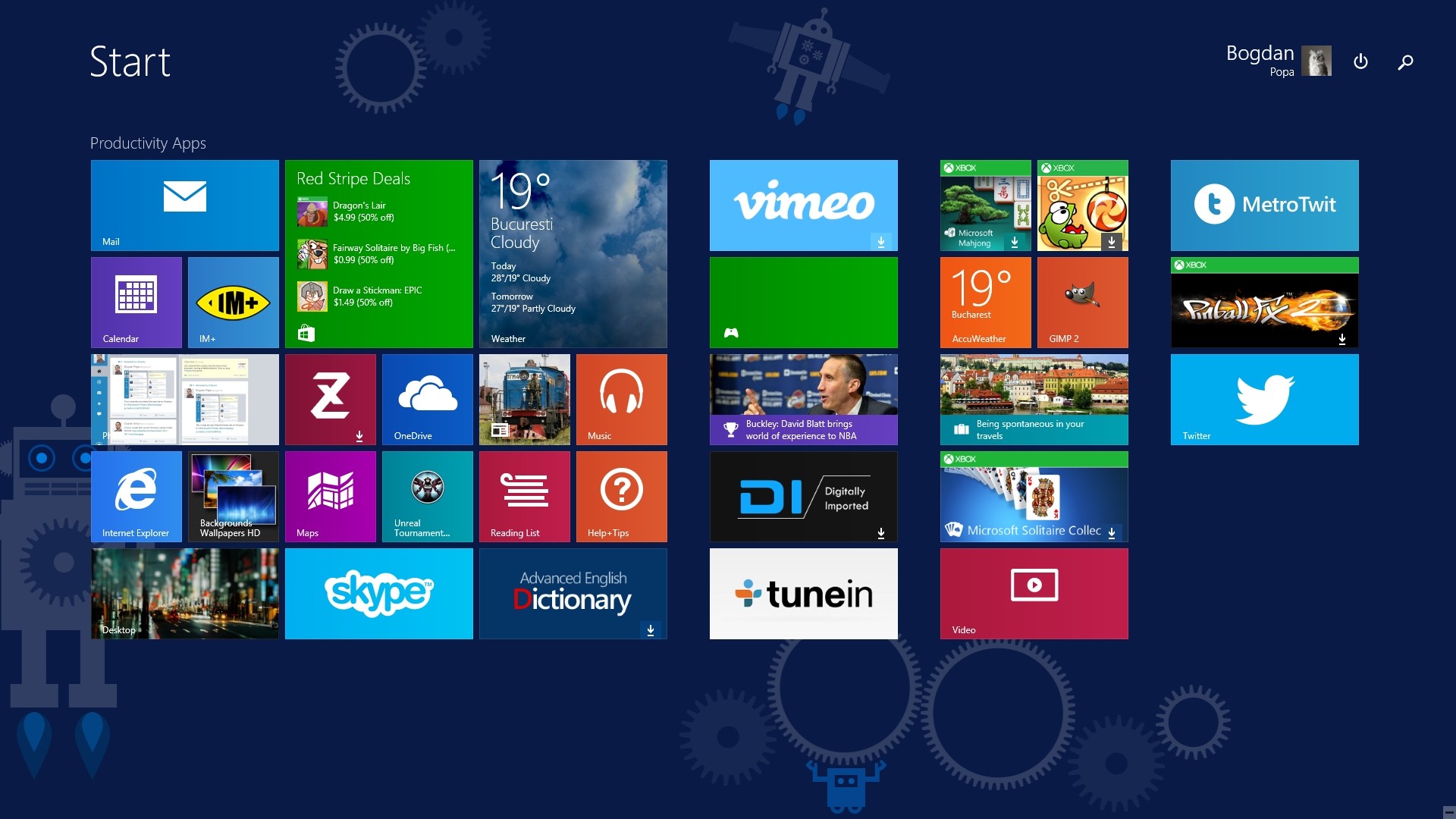
The History of Windows: From Windows 1.0 to Windows 11
By Adedayo Oyetoke, Published on: May 30th 2023 3 min, 496 word Views: 1369
Windows, the iconic operating system developed by Microsoft, has been a driving force in the world of personal computing for decades. With each iteration, Windows has evolved, introducing new features, improvements, and innovations. In this comprehensive blog post, we'll take a nostalgic journey through the history of Windows, from its humble beginnings with Windows 1.0 to the latest release, Windows 11.
1. Windows 1.0: A Promising Start
In 1985, Microsoft introduced Windows 1.0, a graphical user interface that aimed to make computing more accessible to the masses. Although it had its limitations, such as a lack of multitasking and limited software support, Windows 1.0 set the foundation for future versions of the operating system.
2. Windows 3.0: The Game-Changer
Windows 3.0, released in 1990, was a significant milestone for the Windows operating system. It introduced enhanced graphics, improved performance, and crucial features like File Manager and Program Manager. Windows 3.0 opened up new possibilities for software developers and brought Windows to the forefront of the computing world.
3. Windows 95: A Revolution in Computing
In 1995, Windows 95 was launched, marking a revolutionary shift in the user experience. With its iconic Start menu, taskbar, and the introduction of the Internet Explorer browser, Windows 95 propelled personal computing into the modern era. It became one of the most widely used versions of Windows, leaving a lasting impact on the industry.
4. Windows XP: Stability and Utility
Windows XP, released in 2001, became one of the most beloved and widely adopted versions of Windows. It brought stability, improved performance, and a more polished interface. Windows XP dominated the market for years and solidified Microsoft's position as a leader in operating systems.
5. Windows Vista and Windows 7: Striving for Innovation
Windows Vista, released in 2007, aimed to introduce a more visually appealing interface and advanced features. However, it faced criticism for its performance issues. Microsoft quickly learnt from its mistakes and released Windows 7 in 2009, which addressed many of the concerns raised with Vista. Windows 7 offered improved performance, better security, and a refined user experience.
6. Windows 8 and Windows 10: Embracing the Modern Era
Windows 8, released in 2012, introduced a radical change with its touch-centric interface. While it received mixed reviews, it laid the foundation for Windows 10, which was released in 2015. Windows 10 brought back the familiar Start menu, combined the best of Windows 7 and Windows 8, and introduced new features like Cortana and the Windows Store.
7. Windows 11: The Latest Evolution
Windows 11, released in 2021, represents the latest chapter in the history of Windows. It introduces a fresh design centred around simplicity and productivity. Windows 11 offers improved performance, a redesigned Start menu, new multitasking capabilities, and enhanced support for gaming.
Conclusion:
The journey of Windows from its humble beginnings with Windows 1.0 to the modern Windows 11 is a testament to the continuous evolution and innovation of the operating system. Each version of Windows has played a crucial role in shaping the way we interact with computers and has pushed the boundaries of what is possible in the world of personal computing. As we eagerly await the future, it's fascinating to reflect on the rich history of Windows and its significant impact on the technology landscape.
